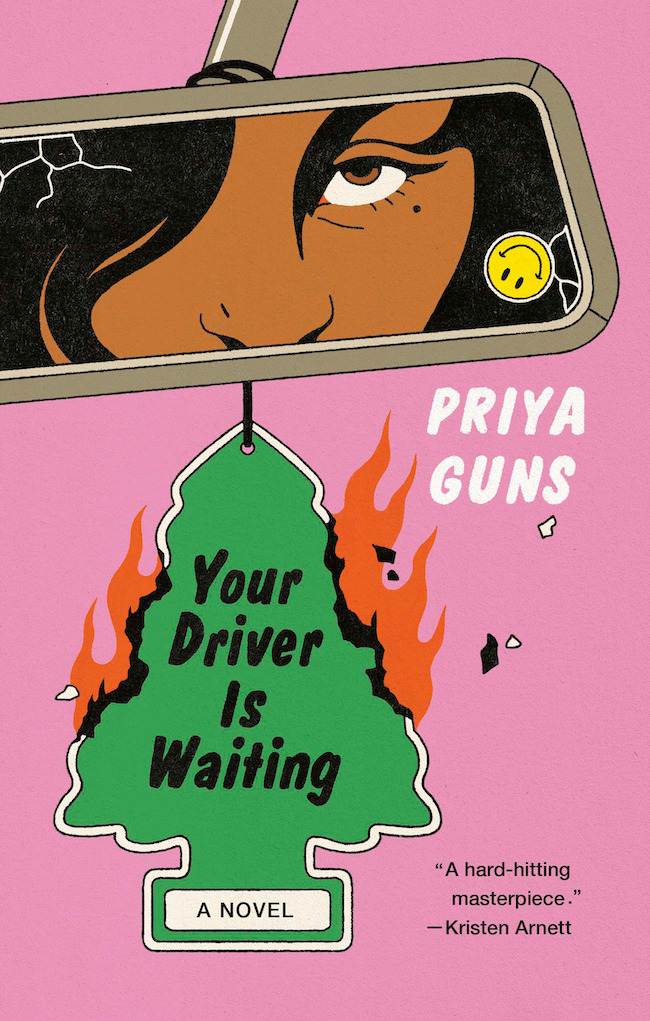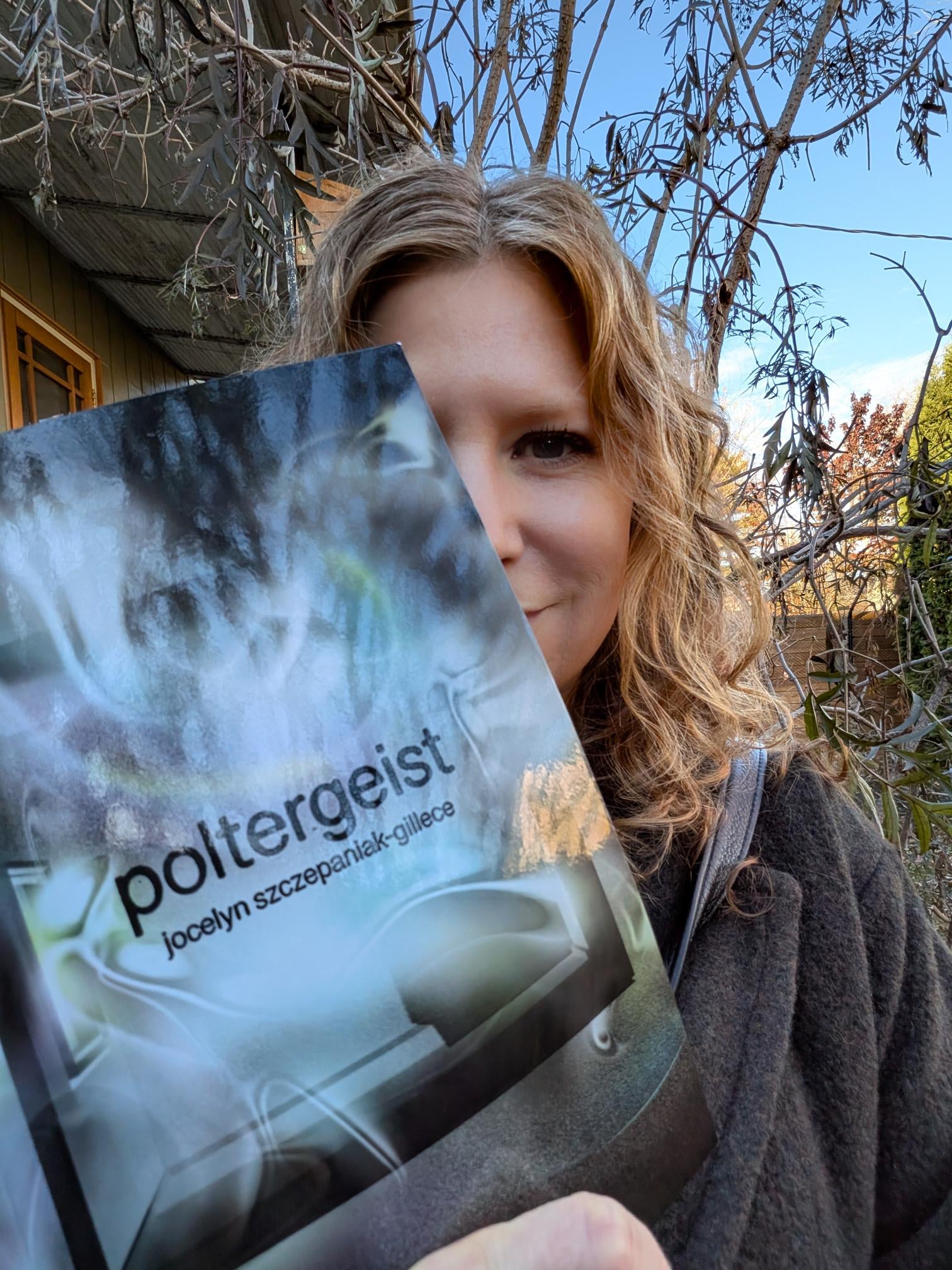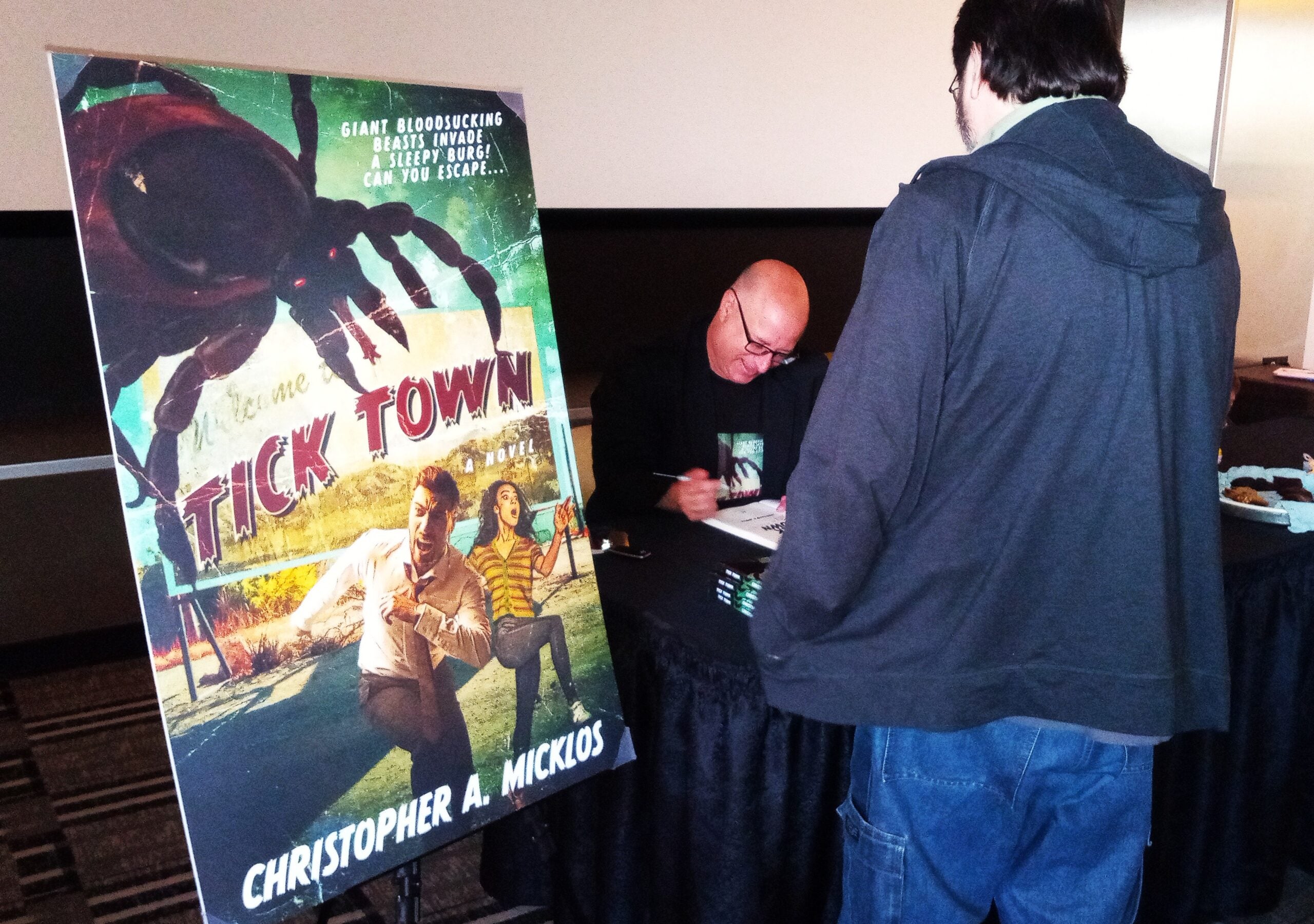The gig economy is a reality for many these days. Making money on a daily job-to-job basis is a hard way to live.
Doing so in a city rocked by protest is extra hard, as conveyed in Priya Guns’ debut novel, “Your Driver is Waiting.”
The novel follows Damani, who works for a rideshare company, providing for herself and her mother who’s fallen into a deep depression after the loss of Damani’s father.
News with a little more humanity
WPR’s “Wisconsin Today” newsletter keeps you connected to the state you love without feeling overwhelmed. No paywall. No agenda. No corporate filter.
“This has put a lot of stress on her finances and reckoning with being at home with her mom. And so she has the stress of being a caregiver, but also the city where she lives has just exploded with all kinds of protests,” Guns told WPR’s “BETA.”
Though the setting of the novel is ambiguous – in order to create a universal experience for the reader – Guns draws inspiration from her own journey in Instanbul, living through the Gezi protests in 2013. She also said she was inspired by the uprising in Beirut, Lebanon, at the end of 2019.
“I began to see what people were demanding and how people had come together. These are just some protests that have inspired the foundation of the city where this novel takes place,” she said. “But seeing ultimately that people have gathered angry against something that has to do with the capitalist system and exploitation of workers.”
Guns tackles several big ideas in “Your Driver is Waiting,” like capitalism and racial discrimination in the class system. She said these lenses come from how she’s grown up viewing the world.

“I grew up very working class. I grew up very angry, and I am a racialized person,” she said. “And that’s not to say if you are a racialized person, you are going to have class consciousness. I don’t necessarily agree with that. But I think you’re able to empathize and understand.”
“You can set your intentions, but what ultimately happens when you let go a bit and let art be art? You kind of lose control,” Guns continued. “Having these conversations of, OK, but if I am the person I am, is that going to reflect through my work naturally, or is that something you have to try and craft and sculpt? I don’t know.”
If you read the book, you may find yourself thinking about the 1976 Martin Scorsese film “Taxi Driver,” which Guns said was a major inspiration for the novel. She modeled her protagonist, Damani, after Travis Bickle, the protagonist in “Taxi Driver.”
She took the character of Travis Bickle and reimagined him in Damani’s place.
“Thinking about reimagining a character, a taxi driver or rideshare driver, and what her rage would be, where her alienation would come from, and how it would look,” she said. “There is no workplace for rideshare drivers when you’re a gig worker.”
Guns said the biggest challenge in writing “Your Driver is Waiting” was making sure her characters were presented in a balanced and compassionate way.
“I wanted to serve every character in the best way possible. I wanted to do them justice. I also wanted to poke fun at liberalism and performative activism,” Guns said. “I think finding a balance between deciding what parts of a character I want to exaggerate and what parts I want to say are very true. That was very important to me.”
Guns takes inspiration for “Your Driver is Waiting” from a saying by Ambalavaner Sivanandan, whom she quotes at the beginning of her book: “If those who have do not give, those who haven’t must take.”
“I know with fiction, as writers, we can only do so much to guide our readers towards how we wish our work can be interpreted, if even we understand what we’ve written,” Guns told “BETA.” “I had this (quote) written on a Post-it for myself as well, to remind myself of what I wanted to say without actually saying so.”
The quote from Sivanandan is crucial because it addresses one of the books’ themes, which is the rampant income inequality worldwide. However, it’s also reminiscent of the relationship between Damani and her mother, Alma.
“I wrote those scenes (between Damani and Alma) with a lot of tenderness,” Guns said. “Some scenes are quite explicit, and Damani really exhibits her rage. I wanted to give her that outlet, however absurd and controversial perhaps what she does to her mother is.”
“But I wanted to touch on experiences that are very real to a lot of people, being first generation, second generation, or acting as a caregiver in a position where you are caring for someone who is helpless and incapable of caring for themselves,” she added. “It comes with a lot of emotional strain, even physical. I tried hard to write those scenes with as much tenderness as I think they’re owed.”





